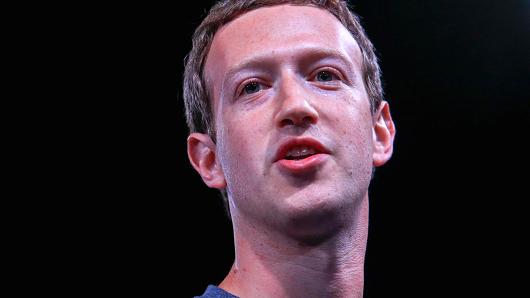For the fourth time since September, Facebook has reported that the metrics that it provides to publishers and advertisers are inaccurate.
The metrics problem, however, is much bigger than Facebook, publishers involved in the situation say. Reliable and consistent third-party industry measurement systems don’t exist, and digital advertising is reliant on these numbers.
“There needs to be a universally accepted methodology across all the platforms,” said Geoff Schiller, chief revenue officer at PopSugar.
Facebook said in an updated blog post that it underreported the amount of traffic coming from Facebook Instant Articles viewed on iOS systems from Sept. 20 to Nov. 30. As a result, the numbers it sent to third-party media analytics company comScore, which is widely used as the industry standard, were lower than the actual number.
In turn, it caused overall traffic numbers for affected publishers to be diminished.
“We have fixed the issue and are working with comScore to produce updated estimates for the relevant time periods for the small group of partners affected,” Facebook said in the blog post. “We have reached out to affected publishers.”
Other past measurement issues reported this year included overestimating video view times, as well as a discrepancy between statistics reported on the Facebook app and internal dashboards.
The Facebook measurement glitch only affected one small segment of numbers on the platform which therefore minimally affected overall numbers, said Andrew Lipsman, vice president of marketing and insights at comScore. He said comScore adds data notes to alert its clients of any discrepancies. It also updates the numbers as soon as it has the information to do so.
For most publishers, the glitch affected less than 1 percent of their traffic coming from Facebook, according to a source with knowledge about the situation. However, nine companies experienced greater discrepancies: The Washington Post, Mic, BuzzFeed, Wired, Entrepreneur, Foreign Policy, Inverse, PopSugar Celebrity and Variety.
BuzzFeed said about 15 percent of its unique visitors access its content through Facebook Instant Articles on iOS. It resulted in 10 to 20 percent less overall traffic reported through comScore numbers compared with its internal numbers, BuzzFeed publisher Dao Nguyen tweeted.
One other publisher estimated that its traffic numbers were up to 10 percent off from its internal figures. However, two publishers said they found comScore numbers to be 30 to 40 percent less than what they had recorded.
Both comScore and Facebook say that the discrepancy doesn’t affect ad prices because advertisers pay based on impressions, or when an ad appears on a web page.
But, agencies and brands use numbers published by comScore to determine which companies are getting the most eyeballs to determine their advertising budgets. A drastic drop in traffic for a couple of months could potentially mean that they decide to move their money elsewhere.
Some outlets had issues with comScore numbers, saying that the company has reported bad numbers in the past. One publisher disputed the company’s numbers because they don’t take into account other kinds content, including Facebook video views which are a growing area of interest for consumers. (Lipsman said comScore is obliged to report numbers every month for it’s clients, and it updates reports if numbers are later proven to be wrong.)
The issue is complicated since internet metrics are notoriously difficult to track, and the industry is evolving fast. One issue is that unique visitors — which are supposed to be individual people — often get duplicated because the same person may have multiple devices. ComScore has a system in place to de-duplicate those views, but some publishers dispute its accuracy.
In addition, lot of publisher traffic now occurs on platforms like Facebook, and third-party measurement companies have to find new ways to integrate those numbers into their existing statistics. For example, autoplayed videos are included in Facebook video view counts, which some brands may not
source”cnbc”






